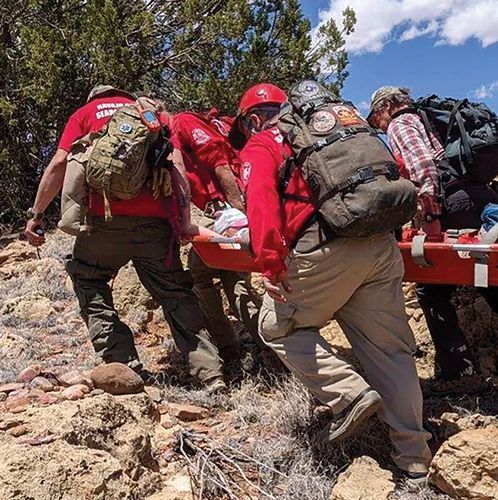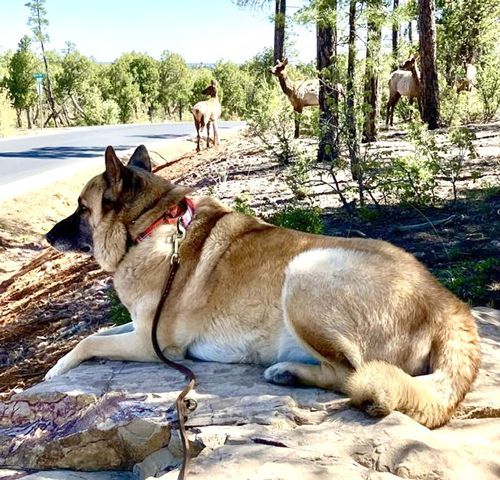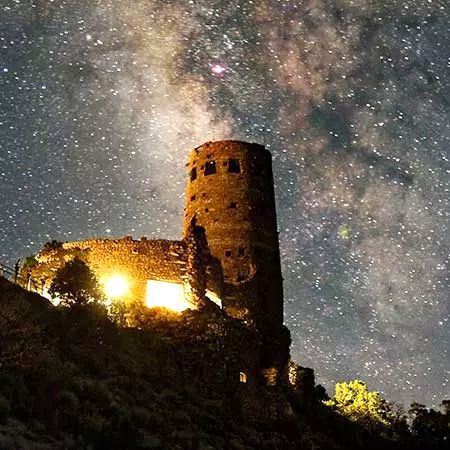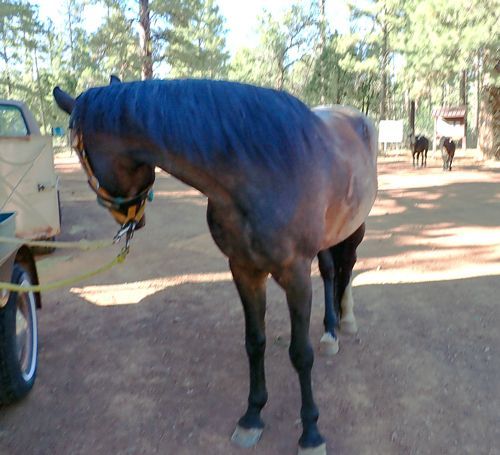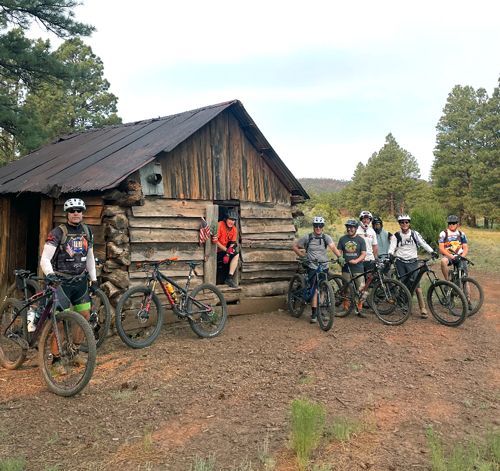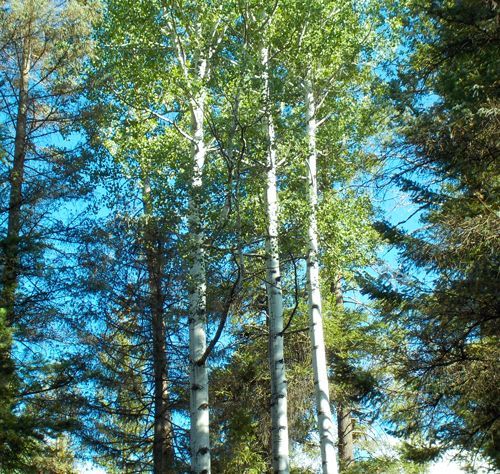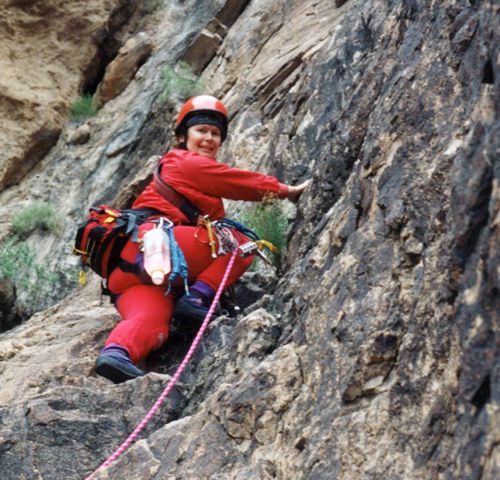A Festival that's all about Eagles!
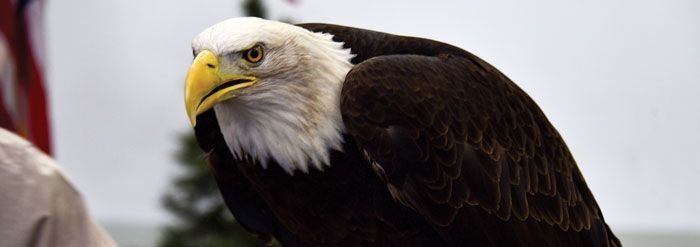
By Dan Groebner
Looking out the window, it is hard to believe that we’re supposed to be in the dead of winter right now. We still have plenty of potential for some good winter storms, so some well-timed late winter moisture might save us from the scary dry spring conditions we’ve had to endure in the past. At least one benefit of a mild winter is the abundance of wintering habitat for not only eagles, but other northern migrants as well.
The number of summer nesting bald eagles in the area continues to rise, and warmer winters in the White Mountains are supporting more “snow birds”, so eagle watching is getting more and more productive. In the last few years, four new nests have been reported by the public to wildlife agencies, just in the White Mountains alone.
Open, unfrozen lakes make valuable layover sites with plenty of ducks and fish to hunt in the White Mountains for any late migrants or birds who only want to go as far south as they need to. That’s why this mild winter could provide some great viewing opportunities for the mid-winter White Mountain Eagle Fest, scheduled for the morning of February 8th. The annual event will start at 9:00 a.m. at the White Mountain Nature Center, 425 S. Woodland Road, in Pinetop/Lakeside.
This year’s event will again feature a live ambassador eagle from Liberty Wildlife, the world-renowned wildlife rehabilitation and education facility in Phoenix. Eagle handlers from Liberty will enlighten the crowd with the activities at Liberty Wildlife and their important duties in taking care of their ambassador wildlife that they use for presentations.
Veterinarians and technicians at Liberty Wildlife have been highly successful in treating injured birds, including many eagles, so they can be released back into the wild. Sometimes they even care for young eaglets who jump from their nests before they can fly, nurturing them back to health and building up their strength before having Arizona Game and Fish biologists place them back in the nest.
Another valuable role that Liberty Wildlife provides for the benefit of wildlife is their Non-eagle Feather Repository, which salvages feathers from birds that have been found dead to then be used for ceremonial, educational or scientific purposes.
You probably realize that eagle feathers are very valuable, so much so that you need a federal permit to even possess one legally. Native Americans can obtain these permits through the Fish and Wildlife Service, as well as permits for other migratory birds protected by a treaty with Canada and Mexico.
For years, the Fish and Wildlife Service tried to keep up with all the requests for these bird feathers. This was such a large task that both eagle and non-eagle feather permit requests fell so far behind that it could take years to process, so Liberty offered to help with the administration of the non-eagle feather repository.
So, thanks to Liberty Wildlife’s coordination with the Fish and Wildlife Service to expeditiously catalogue and process all of these feathers, from robins to red-tailed hawks and hummingbirds to harriers, the backlog of permit requests is being addressed. Wildlife agencies regularly deliver birds mortally struck by vehicles, or fatally injured by pets, especially cats, that the general public will bring in. Every effort is made to rehabilitate the animals to be released back into the wild, but sometimes the animals die during care.
This extraordinary effort is very well documented in the eloquent documentary, “The Weight of a Feather”, narrated by Peter Coyote, that will be shown after the Liberty Wildlife eagle presentation. The value of the feather repository lies in helping preserve Indigenous cultures by providing hard to get ceremonial artifacts and can not be overemphasized, as it also deters illegal taking of wild birds that could endanger existing populations. Every few years, federal investigators still conduct sting operations to deter the black market trade in eagle feathers.
Arizona Game and Fish will also provide an update on current eagle populations and management in Arizona, including possible reasons for the record numbers of active nests. Intensive, but focused, management of bald eagles in the past has allowed more young eagles to be hatched, who then return to near their birthplace after five years of growing to start a family themselves.
Temporary closures around active nests have obviously protected young eaglets during the most vulnerable stage of their life cycle. So just a couple months of protection can lead to increasing productivity of these surviving birds for years to come until they can start breeding themselves.
The Nestwatcher Program, which utilizes short-term contractors to monitor nests, along with volunteers and agency biologists, monitor nests during the spring and can address potential problems quickly and efficiently.
For example, one volunteer noticed a fire underneath the Show Low Lake nest and immediately informed the Forest Service, who then extinguished the fire before it did any extensive damage. Citizen observers have reported young chicks on the ground that have jumped from the nest before they could fly, allowing biologists to gather them up and place them back in the nest or higher up on a tree branch, where they surprisingly stay perched.
Voluntary efforts to reduce lead in potential food stuffs of eagles also are probably showing some benefits. More hunters are moving to non-toxic bullets, not only for them and their family’s health to avoid even micro doses of lead from elk, deer, or turkey tenderloins, but also for the benefit of scavenging wildlife. Many animals, including bald and golden eagles, are not above eating carcasses or pursuing wounded prey, which exposes them to higher chances of lead poisoning from bullet fragments.
Eagle watching tips will be provided, including the best watchable wildlife areas for observing eagles and overwintering wildlife. We’re blessed in the White Mountains with abundant public property and access to wildlife viewing areas year-round. Although more remote gems like Big Lake, Woods Canyon or Chevelon Lakes are inaccessible at this time of the year, others like Woodland, Show Low, Pintail, Scotts and Fool Hollow Lakes are open, even after a snowfall if you’re not afraid to hike a few steps.
Participants will have a chance to put their identification skills to a test with a short field trip to a nearby lake to observe wild birds perched or hunting, hopefully. Parking is provided with a short walk to the shores of Rainbow Lake at the Lazy Oaks Resort, weather permitting. At the lake, experienced birders will be on hand to help identify birds and will have optics such as binoculars and spotting scores for participants to use.
And it wouldn’t be an Eagle Fest without a photo opportunity with America’s “new” official National Symbol. Folks will be given the opportunity to have their picture taken with Liberty’s ambassador eagle after the presentation, so don’t forget the phone or camera.
The award-winning documentary, “The Weight of a Feather” will be shown concurrently with the optional field trip to Rainbow Lake to hopefully view eagles in their natural habitat. There will be a repeat performance of the video for those who chose to attend the field trip immediately after the presentations and photo opportunities.
This year’s sponsors include the Arizona Game and Fish Department, Liberty Wildlife, Lazy Oaks Resort on Rainbow Lake, as well as the White Mountain Nature Center. Lazy Oaks Resort has cabins available for those out-of-town folks who want more time to observe eagles on the lake - (928) 368-6203. The program is free to White Mountain Nature Center members with a $10 donation requested of others. For more information, call (928) 532-2308. This event could be postponed in the event of inclement weather for the safety of those traveling.

